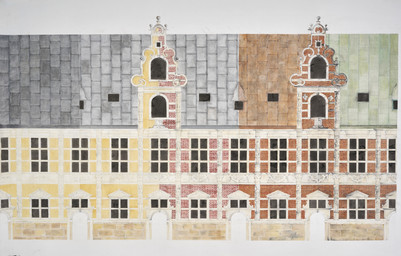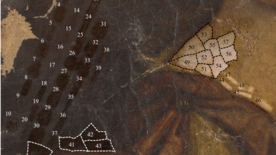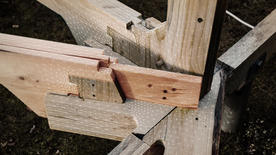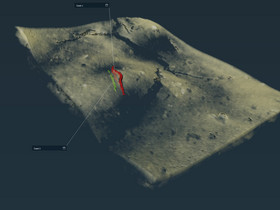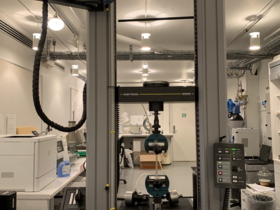
Canvas analyses: Stress strain tests
At the Royal Danish Academy – Conservation, we are performing several tests and analysis of 15 different canvases, to understand the variety of shrinkage potential in linen canvases used for canvas paintings and to obtain relevant data on mechanical properties of the canvases.
The tests and analysis are important in the process of validating the data for canvas that the computational model of canvas paintings is relying on. In the blogpost from July 2021, we explained cover factor and spinning degree analyses and in the blogpost from November 2021 we explained tensile testing of the canvases. This time we will explain the stress strain tests of the canvases, that we are performing at the moment.
A stress strain test gives information on the strength and stiffness of a material and is used in many fields of engineering and material science. The stress strain test is carried out by adding load to a material by pulling it and at the same time measuring the deformation (i.e., extension) in the material.
In our case, we are testing the canvas samples by mounting them in two clamps in a UTM (Universal testing Machine) apparatus called Instron 5566, which is then adding load to the samples by pulling the clamps apart with a certain speed. Data on load and extension (deformation) is collected by the connected software. The Instron apparatus can be seen on the photos below.


From the data obtained from the stress strain test, it is possible to calculate the stress and strain in the samples, from which we can plot a stress-strain curve. Stress is the load divided by the cross-sectional area of the sample, and strain is the change in length (extension) of the sample divided by the original length.
The stress-strain curve of the individual canvases is used to obtain mechanical properties of the canvases, such as Young’s modulus (expressing the stiffness of a material), which is crucial data for our computational model of canvas paintings.
Furthermore, the data obtained can also be used to evaluate the structural function of the canvas in a painting, such as how much support it provides to the paint layer of a painting.







